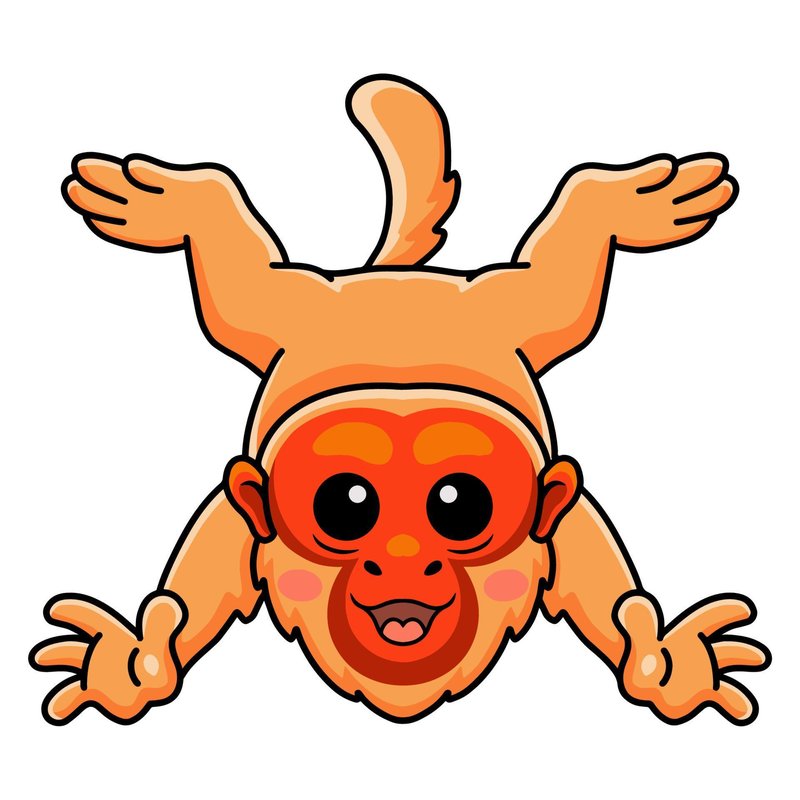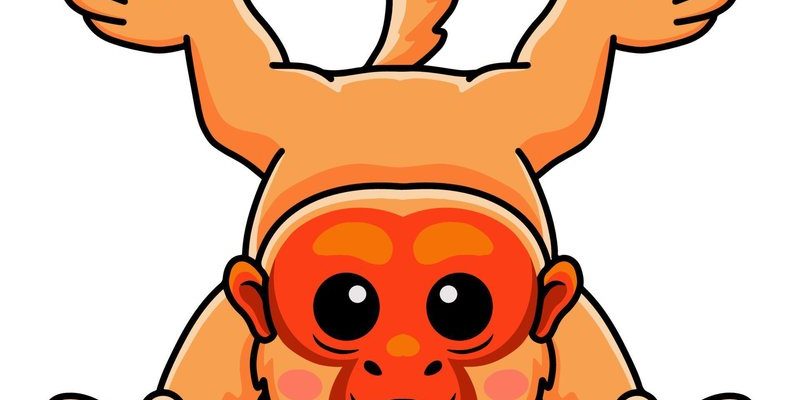
So, let’s dig into the common myths and misconceptions around the uakari. I’ll guide you through some misunderstandings and share insights that’ll make you feel like an expert on these charming creatures. You might be surprised at what you learn!
The Uakari’s Habitat: Not Just Any Jungle
You might think of the uakari as living in the heart of any jungle, but that’s a misconception. These primates actually reside primarily in the flooded rainforests of the Amazon Basin, particularly in areas where the water levels fluctuate significantly. Think of them like explorers navigating a constantly changing landscape. They thrive in environments that go through seasonal floods, which not only provide them with food but also shelter from predators.
These adaptations are what set them apart from other primates. Their habitat is rich in biodiversity, filled with fruit-bearing trees, and as you can imagine, this is a buffet for a uakari! Their diet mainly consists of fruits, seeds, and nuts. So, next time you see an image of a uakari swinging from a branch, remember they are quite specialized in their environment.
Flooded Forests: A Unique Ecosystem
Flooded forests are fascinating ecosystems that support a wide variety of life. These areas are home to diverse plant species, many of which have adapted to survive the long periods of submersion. Uakaris play a critical role in this ecosystem by helping to disperse seeds as they munch through the fruits, promoting plant growth.
It’s amazing how these creatures contribute to their environment. They are not just passive inhabitants; they are essential players in maintaining the balance of their ecosystem. Just imagine how interconnected life can be when one species helps another thrive!
Uakaris and Their Physical Appearance
One of the biggest misconceptions about uakaris is that their bright red faces are a sign of anger or aggression. In reality, their red coloration is more about health and social status. Here’s the thing: the brighter the red, the healthier the uakari tends to be. This vibrant hue is linked to their diet and overall wellness, serving as a signal to mates and rivals.
In contrast, a duller face can indicate stress or illness, which can affect their social dynamics. So, if you see a uakari with a deep, rich color, it’s usually in peak condition—a perfect example of how nature uses color to communicate health.
Furry Friends with Unique Features
Apart from their striking faces, uakaris have some fascinating physical features. They possess short limbs and a stocky body, which may make them look a bit clumsy at first. However, they can leap between branches with remarkable agility. They also have a short tail, which sets them apart from many other primates, and helps them balance during their acrobatic adventures in the trees.
Their fur is not just for looks; it keeps them warm and dry in the humid rainforest. So next time you gaze at a picture of a uakari, you’ll appreciate how specifically designed they are for their unique lifestyle!
Social Behavior: The Truth About Their Groups
It’s a common belief that all monkeys are highly social, but uakaris have their own unique social structure. They often live in groups, but these groups can vary significantly in size. Some groups may have only a few individuals, while others can be quite large, consisting of up to 30 members. You might be wondering why this variation exists.
Uakaris rely heavily on social interaction, especially during feeding times. However, these groups may change based on resource availability and environmental conditions. It’s much like how friends come together for a picnic when the weather’s nice but disperse when the rain comes. Understanding their social behavior highlights how adaptable these animals are.
Strong Social Bonds
The relationships uakaris form within their groups can be quite robust. They engage in grooming, a vital activity that helps strengthen social bonds among members. This grooming not only keeps their fur clean but also helps build trust and camaraderie. Think of it as a social ritual that reinforces friendships.
Their social structure also plays a crucial role in protecting them from predators. By staying close together and keeping an eye on each other, they can warn the group of any approaching threats. It’s an elegant example of teamwork in the animal kingdom.
Diet Myths: What Uakaris Really Eat
Another popular myth is that uakaris are strictly fruit eaters. While they do love fruits and seeds, their diet is much more diverse. It includes a variety of leaves, flowers, and even insects. This variety helps them get the necessary nutrients and energy to thrive in their unique habitat.
So, if you think of uakaris as picky eaters, think again! They are quite resourceful and have adapted their diets based on what’s available in their environment. They’re like those friends who can turn any leftovers into a gourmet meal!
Seasonal Diet Changes
The uakari’s diet can also change with the seasons. During the dry season, they may rely more on the tougher vegetation, while in the wet season, they feast on the abundance of fruits that become available. This adaptability is key to their survival. By understanding their eating habits, we can get a glimpse into how these creatures skillfully navigate their environment throughout the year.
Conservation Status: They’re Not Just Fine
Some people may think uakaris are thriving without any issues, but that’s far from the truth. Many species of uakaris are currently facing threats due to habitat loss and environmental changes. Think of it as trying to enjoy a party when the lights are flickering—eventually, it affects the fun!
Deforestation, driven by agriculture and logging, has made their habitats increasingly fragmented, making it harder for these primates to find food and mates. Some species are classified as vulnerable or endangered, which highlights the importance of conservation efforts to ensure their survival.
Protecting Uakaris: A Shared Responsibility
Awareness is the first step toward protecting uakaris and their habitat. Organizations are working tirelessly to create protected areas and raise awareness about the importance of these creatures. Supporting sustainable practices, like those that balance agricultural needs with conservation, can go a long way.
As individuals, we can contribute by advocating for wildlife protection and promoting sustainable choices in our daily lives. Every little effort counts, and together, we can help ensure a better future for uakaris and the stunning ecosystems they inhabit.
Final Thoughts: Appreciating the Uakari
Understanding the myths and misconceptions about the uakari enriches our perspective on wildlife. These charming primates are so much more than what pop culture might depict. They thrive in unique ecosystems, have a fascinating social structure, and face real challenges that require our attention.
So, the next time you come across a uakari—whether in a book, documentary, or even in conversation—remember them not just for their striking appearance but for their vital role in their ecosystem and the challenges they face. It’s a reminder that every creature, no matter how small, has a story that deserves to be heard and respected. By sharing what we know, we can foster a greater appreciation for the wild and wonderful world around us.

